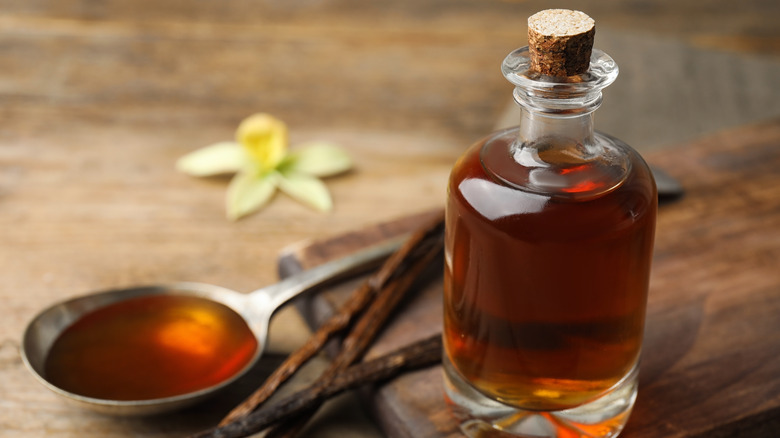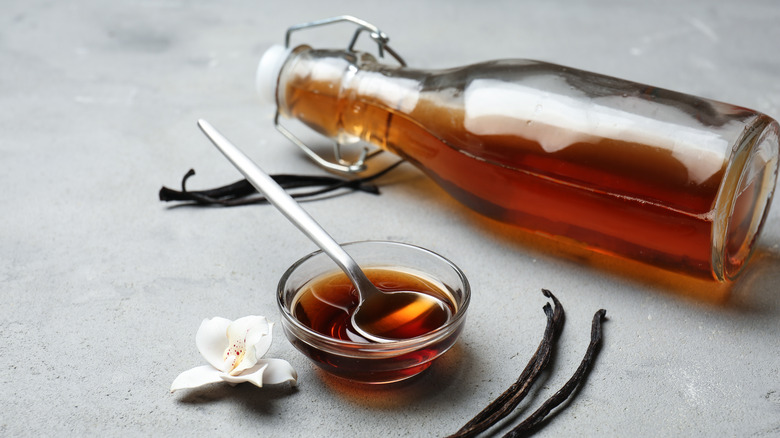Do Beavers Actually Play A Role In Making Vanilla Flavoring?
In the world of food production, there's an unexpected player causing confusion and controversy: Beavers. Yes, that's right, those industrious, dam-building creatures have found their way into conversations surrounding imitation vanilla production, leaving many consumers scratching their heads. But how did these buck-toothed mammals become associated with the sweet aroma of vanilla, and why is it causing such a stir?
The root of this peculiar connection lies in a gland located near a beaver's tail, known as the castor sac. Within this gland, beavers produce a substance called castoreum. It's this castoreum that emits an aroma reminiscent of vanilla.
Historically, castoreum has been used as a fragrance in perfumes and other beauty products. But while castoreum's vanilla-like scent may sound far from enticing, confusion arises from how it's labeled in ingredient lists. According to the FDA, food manufacturers can list castoreum as "natural flavoring" without specifying its origin. This vague terminology has led to misconceptions and concerns among consumers who may not be aware that a portion of their vanilla-flavored treats might have an uncomfortable origin connected to beaver butts. Of course, this would mean products with this "natural flavoring" could not be labeled as vegan too.
Don't worry too much about your culinary vanilla
Before you start panicking about beaver-scented desserts, it's essential to clarify that castoreum is not commonly used in the food industry today. The limited and somewhat labor-intensive production process, coupled with the availability of alternative vanilla flavoring options, has rendered castoreum an impractical choice for most manufacturers.
In reality, if you're enjoying the comforting taste of vanilla in your favorite treats, it's far more likely to be sourced from vanilla extract. The FDA sets specific guidelines for vanilla extract, requiring it to contain at least 35% alcohol and 100 grams of vanilla beans per liter. This stringent regulation ensures that when you indulge in a vanilla-flavored treat, you're savoring the essence of real vanilla beans, not beaver secretions.
The confusion surrounding beavers and imitation vanilla production serves as a reminder of the complexities within the world of food labeling and flavoring. While castoreum may raise eyebrows, rest assured that it is a rare addition to your culinary adventures. Instead, focus on exploring the rich and authentic flavors that come from genuine vanilla beans, which have been enchanting taste buds for centuries and are the true essence of vanilla.

